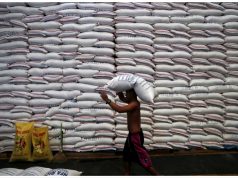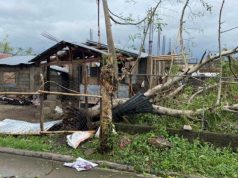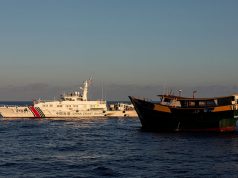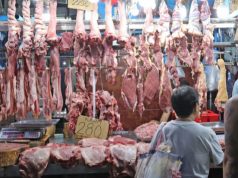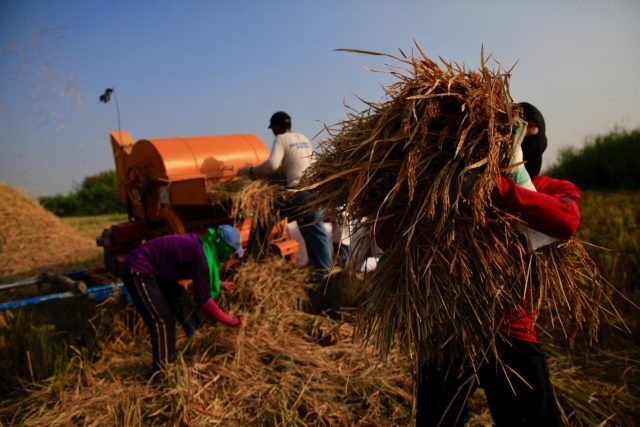
MANILA – The National Economic and Development Authority (NEDA) said it expects 39 rice-growing areas to remain competitive on a cost basis when rice moves to a tariff system for imports when quantitative restrictions (QR) are lifted.
Citing a study by its Agriculture, Natural Resources and Environment Staff (ANRES), NEDA said in a statement that the competitive areas have a P4 per-kilo cost advantage over Thai and Vietnamese rice imports which will be levied a 35% tariff.
“Rice per kilogram in these areas will be P4 cheaper compared with Thai and Vietnamese rice. And these provinces can produce about 73% of the total food requirement of the country,” Socioeconomic Planning Secretary Ernesto M. Pernia said.
The growing areas where production costs are deemed competitive are: Nueva Ecija, Kalinga, Pampanga, Bataan, Biliran, Bulacan, Zamboanga del Sur, Isabela, Bukidnon, Nueva Vizcaya, Laguna, Pangasinan, Lanao del Norte, Aurora, Compostela Valley, Albay, Leyte, Zamboanga Sibugay, Negros Occidental, South Cotabato, Camarines Sur, Zamboanga City, Sultan Kudarat, Sorsogon, Cavite, Palawan, Antique, Iloilo, Aklan, Surigao del Sur, Capiz, Masbate, Catanduanes, Eastern Samar, Northern Samar, Basilan, Western Samar, Guimaras, and Maguindanao.
NEDA said growing areas have the potential to increase their yields through increased use of hybrid seed and more advanced farm management practics.
NEDA also proposed upgrades to the irrigation system, further mechanization, increasing infrastructure connectivity and boosting farm credit to increase yields across the board.
ANRES also noted that seven provinces had yields better than the national average of 4 metric tons (MT) per hectare (ha.), though costs are higher. It did not list these areas.
Of the areas deemed competitive on cost, 14 had yields averaging 3.5 MT/ha., or below the national average. These are Palawan, Antique, Iloilo, Aklan, Surigao del Sur, Capiz, Masbate, Catanduanes, Eastern Samar, Northern Samar, Basilan, Samar, Guimaras, and Maguindanao.
The QR on rice imports is a special privilege granted by the World Trade Organization (WTO), which has been extended three times since it was first imposed in 1995. In April 2017, before the termination of the WTO Special Treatment on rice, President Rodrigo R. Duterte issued Executive Order No. 23 retaining the Minimum Access Value (MAV) level of 805,200 MT and extending the lower tariff rates imposed on some commodities for three years or until the Agricultural Tariffication Law is amended.
NEDA is pushing for the amendment of Republic Act No. 8178 or the Agricultural Tariffication Act of 1996 to pave the way for the removal of the QR on rice imports and the imposition of the 35% tariff rate instead.
“The revenue from the 35% tariff can be used to supplement available government funds to develop the agriculture sector and bring it at par with our ASEAN counterparts,” Mr. Pernia said.




